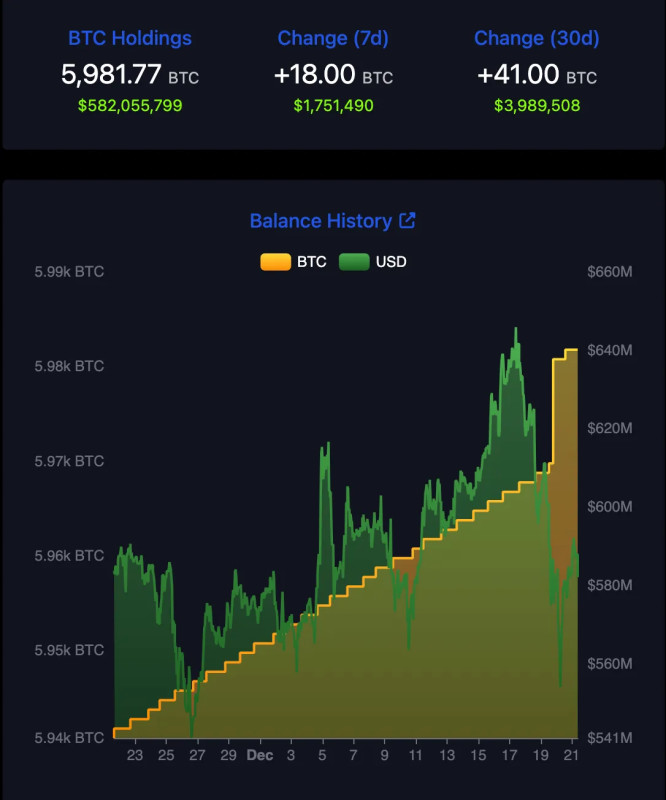
There are signs of further turbulence ahead. The absence of a BTC futures premium, $470 million in liquidations and excessive stablecoin lending all point toward new yearly lows.
On Aug. 19, the total crypto market capitalization dropped by 9.1%. But, more importantly, the all-important $1 trillion psychological support was tapped. The market’s latest venture below this just three weeks ago, meaning investors were pretty confident that the $780 billion total market-cap low on June 18 was a mere distant memory.
Regulatory uncertainty increased on Aug. 17 after the United States House Committee on Energy and Commerce announced that they were “deeply concerned” that proof-of-work mining could increase the demand for fossil fuels. As a result, U.S. lawmakers requested the crypto mining companies to provide information on energy consumption and average costs.
Typically, sell-offs have a greater impact on cryptocurrencies outside of the top five assets by market capitalization, but the correction on Aug. 20 presented losses ranging from 7% to 14% across the board. Bitcoin (BTC) saw a 9.7% loss as it tested $21,260, while Ether (ETH) presented a 10.6% drop at its $1,675 intraday low.
Some analysts might suggest that harsh daily corrections like the one seen on Aug. 20 are a norm rather than an exception, considering the asset’s 67% annualized volatility. Case in point, Aug. 20 intraday drop in the total market capitalization exceeded 9% in 19 days over the past 365, but some aggravants are causing this current correction to stand out.
The BTC Futures premium vanished
The fixed-month futures contracts usually trade at a slight premium to regular spot markets because sellers demand more money to withhold settlement for longer. Technically known as “contango,” this situation is not exclusive to crypto assets.
In healthy markets, futures should trade at a 4% to 8% annualized premium, which is enough to compensate for the risks plus the cost of capital.

According to the OKX and Deribit Bitcoin futures premium, the 9.7% negative swing on BTC caused investors to eliminate any optimism using derivatives instruments. When the indicator flips to the negative area, trading in “backwardation,” it typically means there is much higher demand from leveraged shorts, which are betting on the further downside.
Leverage buyers’ liquidations exceeded $470 million
Futures contracts are a relatively low-cost and easy instrument that allows the use of leverage. The danger of using them lies in liquidation, meaning the investor’s margin deposit becomes insufficient to cover their positions. In these cases, the exchange’s automatic deleveraging mechanism kicks in and sells the crypto used as collateral to reduce the exposure.

A trader might increase their gains by 10x using leverage, but if the asset drops 9% from their entry point, the position is terminated. The derivatives exchange will proceed to sell the collateral, creating a negative loop known as a cascading liquidation. As depicted above, the Aug. 19 sell-off presented the highest number of buyers being forced into selling since June 12.
Margin traders were excessively bullish and destroyed
Margin trading allows investors to borrow cryptocurrency to leverage their trading position and potentially increase their returns. As an example, a trader could buy Bitcoin by borrowing Tether (USDT), thus increasing their crypto exposure. On the other hand, borrowing Bitcoin can only be used to short it.
Unlike futures contracts, the balance between margin longs and shorts isn’t necessarily matched. When the margin lending ratio is high, it indicates that the market is bullish—the opposite, a low ratio, signals that the market is bearish.

Crypto traders are known for being bullish, which is understandable considering the adoption potential and fast-growing use cases like decentralized finance (DeFi) and the perception that certain cryptocurrencies provide protection against USD inflation. A margin lending rate of 17x higher favors stablecoins is not normal and indicates excessive confidence from leverage buyers.
These three derivatives metrics show traders were definitely not expecting the entire crypto market to correct as sharply as today, nor for the total market capitalization to retest the $1 trillion support. This renewed loss of confidence might cause bulls to further reduce their leverage positions and possibly trigger new lows in the coming weeks.
The views and opinions expressed here are solely those of the author and do not necessarily reflect the views of Cointelegraph. Every investment and trading move involves risk. You should conduct your own research when making a decision.

You can get bonuses upto $100 FREE BONUS when you:
💰 Install these recommended apps:
💲 SocialGood - 100% Crypto Back on Everyday Shopping
💲 xPortal - The DeFi For The Next Billion
💲 CryptoTab Browser - Lightweight, fast, and ready to mine!
💰 Register on these recommended exchanges:
🟡 Binance🟡 Bitfinex🟡 Bitmart🟡 Bittrex🟡 Bitget
🟡 CoinEx🟡 Crypto.com🟡 Gate.io🟡 Huobi🟡 Kucoin.




















Comments